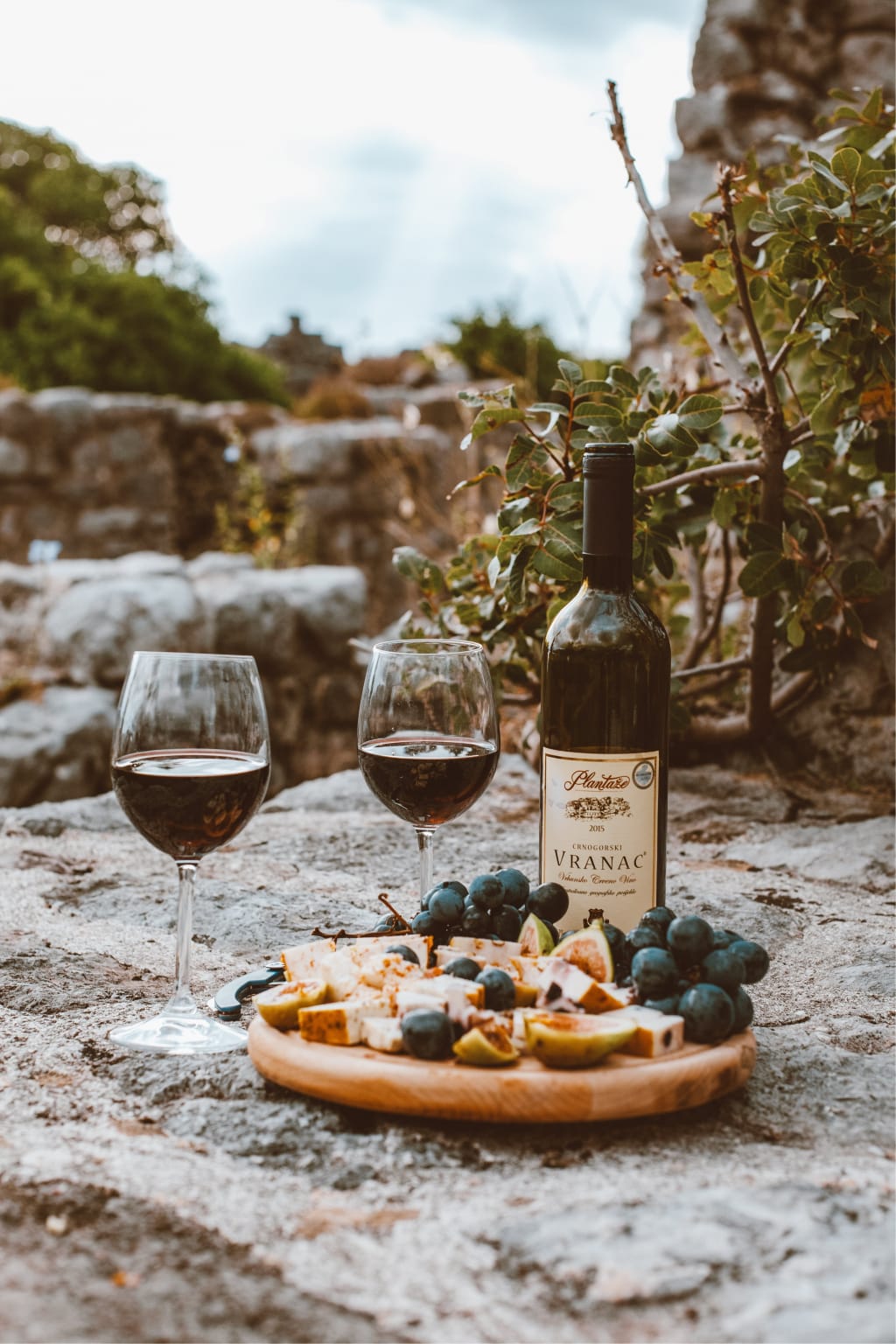A Quick Overview of the History of Alcohol
A synopsis of the amazing past of alcohol use

A chimpanzee discovers a bounty of overripe plums by accident. Many of them are split open, attracting his attention with their enticing fruity scent. He stuffs himself and starts to have some odd effects. Unknowingly, this monkey has discovered a method that people would soon use to make beer, wine, and other alcoholic beverages.
Yeasts are tiny, microscopic creatures that are drawn to the carbohydrates in overripe fruit. The yeasts that feed on the fruit sugars produce the type of alcohol that is present in alcoholic beverages. This substance is called ethanol. Fermentation is the term for this action.
Nobody is sure when people started making fermented drinks.
The first known example dates to China around 7,000 BCE, where residue found in clay pots showed that people were brewing alcohol from fermented rice, millet, grapes, and honey. Cultures all around the world began producing their own alcoholic beverages within a few thousand years.
Ancient Egyptians and Mesopotamians made beer all year long from grains of stored grain. All socioeconomic strata could purchase this beer, and laborers even got it as part of their regular rations. They also produced wine, although it was a rare and costly delicacy due to the unfavorable conditions for cultivating grapes.
In contrast, wine was as widely accessible in Greece and Rome, where grapes grew more easily, as beer was in Egypt and Mesopotamia. Ancient peoples produced alcohol from whatever crops and plants flourished where they lived because yeasts would virtually ferment any plant sugars. Chicha was a beverage created in South America from grains and occasionally hallucinogenic plants.
East Africans produced banana and palm beer, while pulque, a beverage prepared from cactus sap, was the preferred beverage in what is now Mexico. Additionally, rice was used to make sake in the region that is now Japan. Every area of the world has its own fermented beverages.
Some authorities seized on effects they believed to be beneficial as alcohol use grew more commonplace; Greek physicians believed wine to be beneficial to health, while poets attested to its creative abilities. Others were more worried about the possibility of alcohol misuse. Greek philosophers encouraged moderation.
Early Jewish and Christian writers in Europe used wine in rites but frowned upon overindulgence. An Islamic prohibition against praying while intoxicated gradually turned into a general prohibition of alcohol in the Middle East, Africa, and Spain. Ancient fermented drinks had only a little amount of alcohol. The by-products that wild yeasts produce during fermentation turn poisonous and kill them at about 13% alcohol. Fermentation halts and the alcohol content stabilizes after the yeasts perish.
Consequently, alcohol content was constrained for a very long time. The development of the distillation process brought about a change in that. Writings in Arabic from the ninth century mention heating fermented liquids to evaporate the alcohol they contain. Alcohol evaporates first because it boils at a lower temperature than water.
If you collect this vapor, cool it, and then distill it, you'll get liquid alcohol that is much more potent than any fermented beverage. These more potent spirits were initially employed for therapeutic purposes. Because spirits didn't spoil like beer and wine did, they rose to prominence in international trade.
Rum, manufactured from sugar harvested in European Caribbean colonies, became a favorite beverage of sailors and was exported to North America. In exchange for slaves, land, and goods like palm oil and rubber, Europeans brought brandy and gin to Africa. In some areas, spirits evolved into a type of money.
Long-distance sea journeys during the Age of Exploration relied heavily on spirits. It may take months to sail from Europe to east Asia and the Americas, and it was difficult to keep the crews' water fresh. Because alcohol is a preservative that destroys harmful bacteria, adding a bucket of brandy to a water barrel keeps the water fresher for longer. Therefore, by the 1600s, alcohol had progressed from merely eliciting euphoria in animals to igniting international trade and exploration—along with all of their implications. Its function in human society would only become more complex over time.
About the Creator
Althea March
I am a writer who searches for facts to create compelling nonfictional accounts about our everyday lives as human beings, and I am an avid writer involved in creating short fictional stories that help to stir the imagination for anyone.






Comments
There are no comments for this story
Be the first to respond and start the conversation.